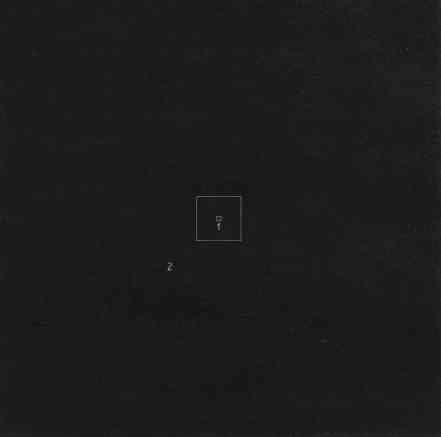| 18. |
For the first time we now show just one star besides the sun; there is no longer
fear of confusion, as the whole solar system has been reduced to a point (1). The
star marked (2) is the double star called Alpha in the constellation Centaurus.
This star, Alpha Centauri, is the star nearest to the earth, if we do not reckon
the very faint Proxima Centauri, which may be slightly nearer. Its distance from
the earth is about 4 light years, which means that light needs about 4 years
to cover that distance. On the scale of this drawing, 1 light year would be 0.946
centimeters, that is, about 1 centimeter. Alpha Centauri is therefore at a distance
of about 4 centimeters from the sun. In the drawing it seems nearer. The
explanation of this seeming discrepancy is that Alpha Centauri is farther away
than the sun from our faraway point of observation.
|
1 cm. in picture = 1018 cm. = about 1 light-year. | Scale = 1:1018 |
|
